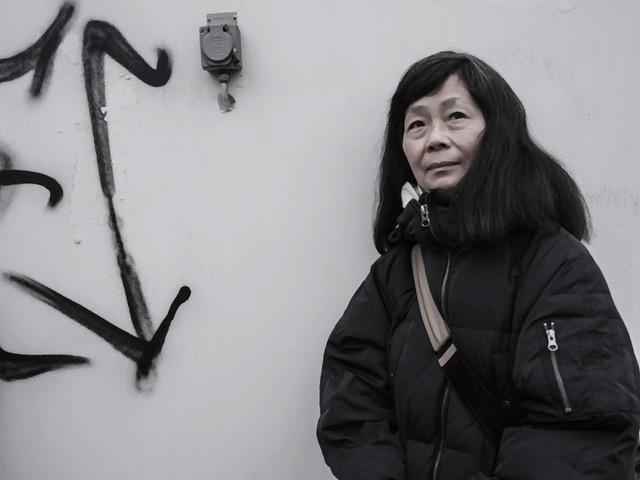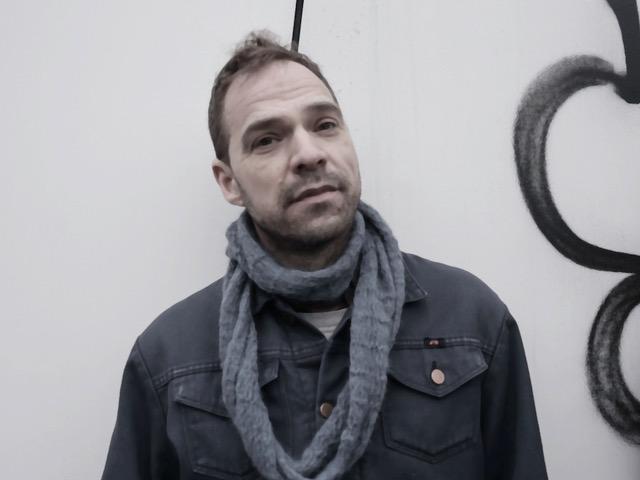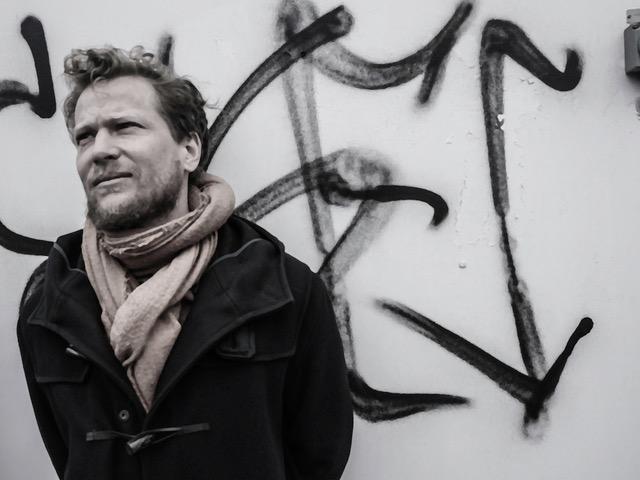Declaration of Intent.
Reading Music is an emerging project that is working to gather composers and improvisers in experimental music and stage production for collaboration in order to provoke new exciting artistic solutions and meetings between artists with varying educational, nationality and cultural backgrounds. We have our base in and take a stand against, Stockholm’s stage for improvised and experimental music.
Through commissioned works and international invitations, we create modern and sustainable conditions for substantial meetings and exchanges between the Swedish and international scene. Concerts, performances, workshops and site-specific works will be spread around the country, benefitting both students and the general public. In this way, we also hope to increase interest in, and understanding of, contemporary music.
Background.
The Reading Music project arose in 2017 with a granted application for collaboration between composers and musicians. As the name suggests, the project is about reading music within a contemporary context — music in the form of text and/or graphic scores. The composers — Hanna Hartman (SE / DE), Nomi Epstein (USA) and Michael Pisaro (USA) — are all active and influential in experimental, contemporary music. In 2018, the three composers each gave their very personal answer to the questions Reading Music asked in their project and commission. The music — just one of an infinite number of possible readings — was presented in 2019 as both a work-in-progress and also a premiere concert as part of the GAS Festival in Gothenburg, November 2020.
The Ullén-Olsson-Arrias trio who performed the music are today the same ones running the Reading Music project.



Participating Musicians.
Lisa Ullén, Johan Arrias and Henrik Olsson have formed an electro-acoustic trio for the Reading Music project. Their music explores the relationship between improvisation and composition in more detail. The musicians have also developed their own techniques to expand the tonal possibilities of their respective instruments. As a group, they explore a broadened field of composition — from standard notation to graphic and/or text-based instructions — drawing on their own specific histories and practice. Through these exercises, musical structures emerge that question and explore interpretation, reading music and the score in contemporary music. The group’s idea is to create new music, new orders, musical projects, exchanges, tours and workshops with this in focus.